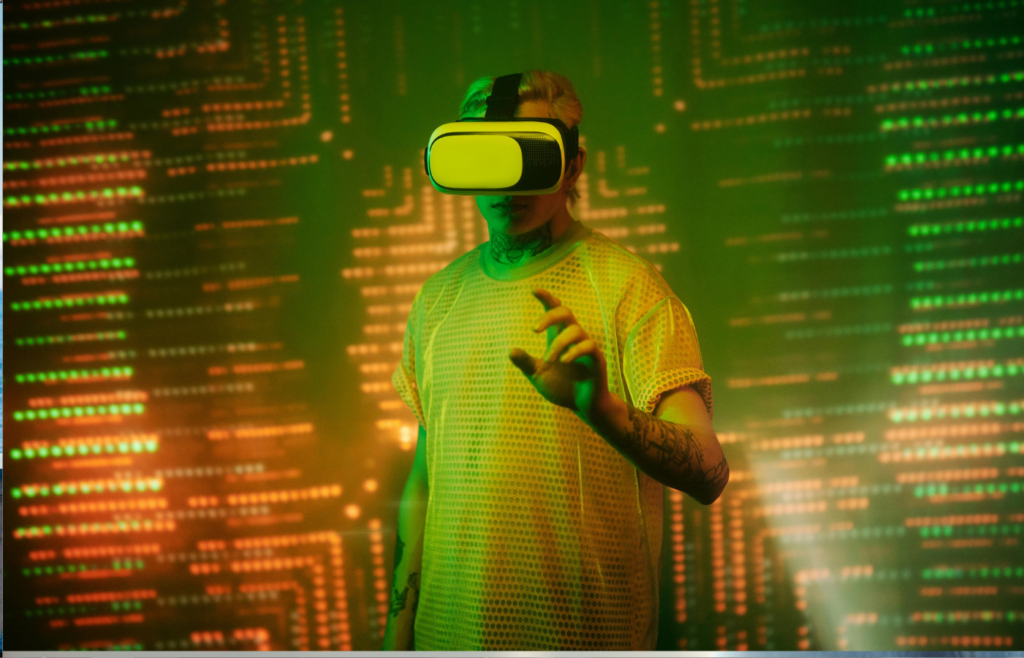Wearable technology is evolving fast. It’s no longer just about tracking steps or checking notifications. The next generation of wearables will change how we interact with the world, making technology feel more natural and intuitive.
Haptic feedback and AI assistants are leading this shift. These features bring a more immersive and responsive experience to users, whether they’re communicating, working, or navigating their environment. Here’s how they’re shaping the future.
Haptic Feedback Makes Wearables Feel More Human

Haptic feedback is the key to making digital interactions feel real. These vibrations and pressure-based signals mimic the sense of touch, allowing wearables to communicate in ways beyond simple beeps and notifications. Imagine feeling a gentle pulse on your wrist when you need to turn left while biking or a subtle squeeze on your finger when an important email arrives.
This technology is already in smartwatches and VR gloves, but it’s expanding fast. Future applications could include haptic feedback in smart clothing that guides posture, shoes that vibrate to alert visually impaired users of obstacles, or even smart jewelry that lets you “feel” a loved one’s heartbeat from miles away. The more wearables integrate touch-based interactions, the more intuitive they become.
AI Assistants Are Becoming Personal Companions

AI-powered assistants are no longer just voices in your earbuds. They’re becoming smarter, more responsive, and deeply integrated into wearable tech. Think of AI that not only answers your questions but anticipates your needs. It might suggest the best route to work based on live traffic, adjust your smartwatch settings based on your stress levels, or summarize your emails with just a glance at your smart glasses.
The biggest shift is personalization. AI assistants in wearables will soon analyze your habits, preferences, and biometric data to provide truly individualized recommendations. They’ll integrate across devices, learning from your smartwatch, earbuds, and AR glasses to offer seamless support throughout your day. This could mean an AI that notices when you’re tired and suggests a short break—or even one that detects early signs of illness before you feel sick.
Smart Rings: Subtle Yet Powerful Tech

Smart rings are one of the most exciting new wearable trends. Unlike bulky smartwatches, they offer a discreet way to track health, control devices, and receive notifications. With haptic feedback built-in, they can provide gentle nudges for reminders, navigation, or even silent alarms.
These rings are also tapping into AI for better user experiences. Some models track stress and suggest real-time breathing exercises, while others use biometric data to detect dehydration or irregular heart rhythms. As they evolve, expect them to replace some smartwatch functions entirely, offering a minimalist yet powerful alternative.
AR Glasses Are Finally Getting Practical

Augmented reality (AR) glasses have struggled to break into the mainstream, but that’s changing. Thanks to AI and improved haptic controls, they’re becoming more intuitive and useful for everyday life. Imagine receiving turn-by-turn directions displayed in your field of vision or instantly translating foreign languages during a conversation.
AI-powered AR glasses can also act as real-time digital assistants. They’ll help with everything from identifying objects and people to summarizing emails and reminders. With haptic controls, users could navigate menus with subtle finger movements or head gestures, making the experience feel seamless.
Read More: 7 Reasons Your Phone Battery Sucks (And It’s Not Just Age)
Wearable AI in Fitness and Health

Health tracking is still one of the biggest reasons people buy wearables, and AI is making it more powerful. Smartwatches, fitness bands, and even smart clothing can now track more than just heart rate and steps. AI-powered wearables analyze sleep patterns, detect stress, and even predict potential health risks before symptoms appear.
Haptic feedback is also playing a bigger role in fitness coaching. Wearables can provide real-time corrections for posture during weightlifting, vibrate to improve running form, or send subtle pulses to guide meditation sessions. With AI and haptics working together, fitness tracking is becoming more interactive and effective.
Read More: 10 Must-Have Travel Gadgets You’ll Wonder How You Lived Without
The Future: A More Intuitive Digital World

The combination of AI assistants and haptic feedback is creating a future where technology blends seamlessly into daily life. Instead of staring at screens, we’ll feel notifications through subtle vibrations, interact with AI through whispers in our earbuds, and navigate digital environments with simple gestures.
Wearables are moving beyond just being gadgets. They’re becoming extensions of ourselves, helping us stay connected, healthy, and informed—without the distraction of traditional screens. As technology advances, expect wearables to feel more natural, more human, and more essential than ever.
Read More: 10 Discontinued Tech Products That We Still Miss Today

